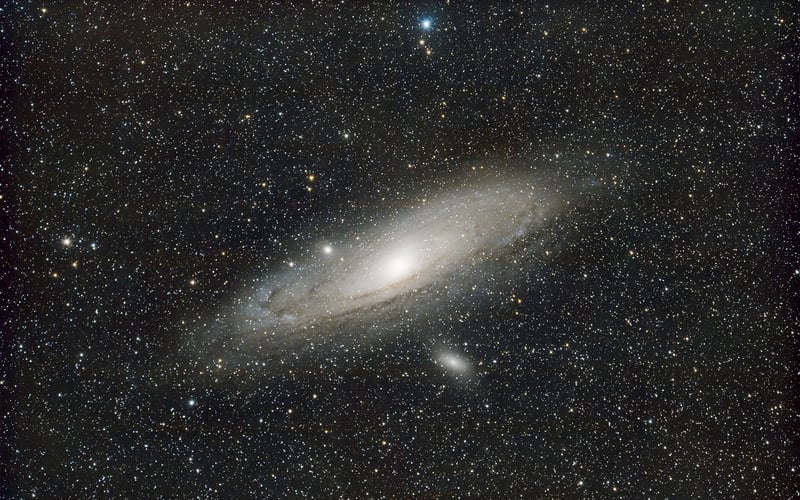Habitable Zone Searches
Exploring New Worlds: Searching for Habitable Zones
Welcome to the exciting world of exoplanet exploration! Scientists and researchers are constantly on the hunt for new worlds beyond our solar system that may have the potential to support life. One crucial aspect of this search is identifying planets located within the habitable zone of their host stars. Let's delve into what the habitable zone is and how scientists go about searching for exoplanets within this zone.
Understanding the Habitable Zone
The habitable zone, also known as the Goldilocks zone, is the region around a star where conditions are just right for liquid water to exist on the surface of a planet. This is a key criterion in the search for potentially habitable exoplanets, as water is essential for life as we know it.
Planets located too close to their star would be too hot for water to remain in liquid form, while those too far away would be too cold, leading to frozen water. The habitable zone represents the sweet spot where the temperature is conducive to the presence of liquid water, making it a prime target in the search for alien life.
Methods of Detecting Exoplanets in the Habitable Zone
There are several techniques used by astronomers to detect exoplanets within the habitable zone of their host stars:
- Transit Method: This involves observing the slight dimming of a star's light as a planet passes in front of it. By studying these periodic dips in brightness, scientists can infer the presence of an exoplanet and estimate its size and orbit.
- Radial Velocity Method: By measuring the gravitational tug of an orbiting planet on its host star, astronomers can determine the presence of exoplanets. This method helps in identifying planets within the habitable zone based on their mass and distance from the star.
- Direct Imaging: Although challenging, directly capturing images of exoplanets allows scientists to study their properties, including their atmospheric composition. This method is crucial for identifying potentially habitable worlds.
Examples of Habitable Zone Discoveries
Over the years, astronomers have made exciting discoveries of exoplanets within the habitable zone of their stars. One such example is Proxima Centauri b, a rocky planet orbiting the nearest star to the Sun, Proxima Centauri. This planet lies within the habitable zone and has sparked interest in its potential for hosting life.
Another notable discovery is TRAPPIST-1, a system of seven Earth-sized planets orbiting a dwarf star. Several of these planets are located within the habitable zone, making them compelling targets for further study.
Conclusion
The search for exoplanets within the habitable zone is a captivating field of study that offers insights into the potential diversity of worlds beyond our own. By employing advanced technologies and innovative techniques, scientists continue to push the boundaries of our understanding of planetary systems and the possibility of finding habitable worlds elsewhere in the galaxy.
Keep looking up at the stars, for who knows what new worlds might be waiting to be discovered!


